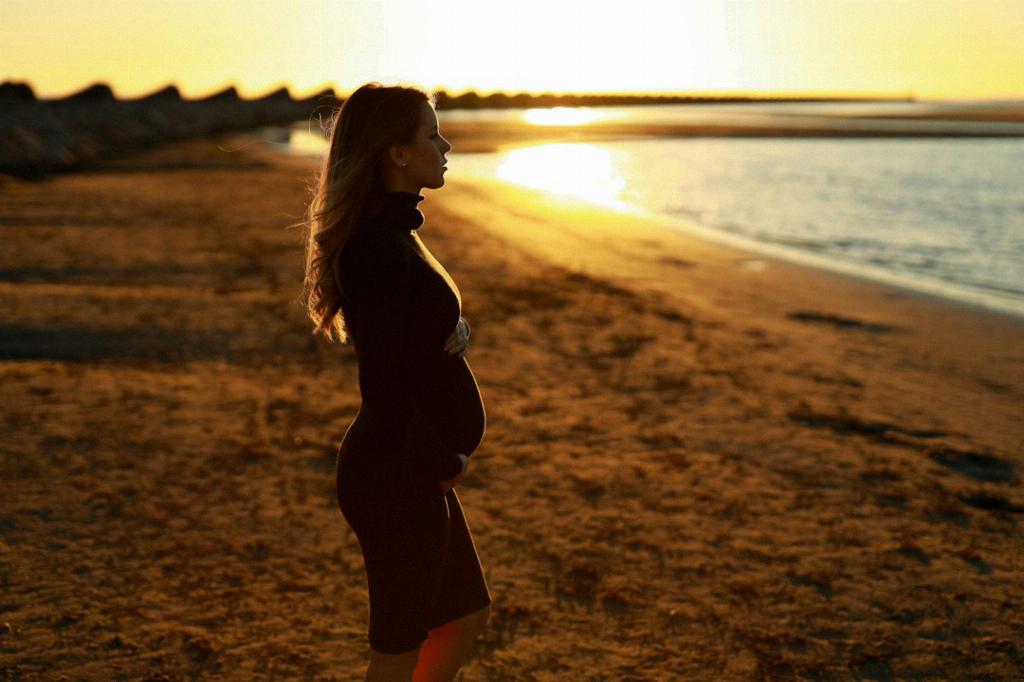When it comes to staying active and healthy during pregnancy, expecting moms often explore various options to ensure they are taking care of themselves and their growing baby. One popular tool that has gained traction in recent years is the stability ball, also known as a birthing ball. But is a stability ball truly beneficial for pregnant women? Let’s dive into the details to uncover the answer.
First and foremost, sitting on a birthing ball during pregnancy can offer a wide range of benefits for expecting mothers. One key advantage is the opportunity to engage in gentle exercise that can help strengthen the stomach and back muscles. As the belly grows and the body undergoes changes, maintaining core strength becomes increasingly important, and a stability ball can provide the support needed to achieve this.
Additionally, using a stability ball can aid in improving posture, which is crucial during pregnancy. As the baby grows, the body’s center of gravity shifts, leading to adjustments in posture that can sometimes result in back pain or discomfort. By sitting on a stability ball, pregnant women can work on aligning their spine, shoulders, and hips, promoting better posture and potentially reducing the risk of common pregnancy-related aches.
Moreover, preparing the body for delivery is another significant benefit of incorporating a stability ball into a pregnancy fitness routine. The movements and positions practiced on the ball can simulate labor positions, helping the body get accustomed to the motions and stretches that may be involved during childbirth. This can contribute to greater flexibility and readiness when the time comes to deliver the baby.
One of the advantages of using a stability ball during pregnancy is the versatility it offers. From gentle rocking motions to stretching exercises and even pelvic tilts, there are numerous ways to utilize the ball to address specific needs and preferences. This flexibility allows expecting moms to customize their workouts and cater to their individual comfort levels, making it a versatile and adaptable tool for prenatal fitness.
Furthermore, the low-impact nature of stability ball exercises makes them suitable for pregnant women at various stages of pregnancy and fitness levels. Whether you are in the early trimesters and looking to maintain strength or in the later stages and seeking relief from discomfort, the gentle movements and support provided by the ball can be tailored to your specific requirements, ensuring a safe and effective workout throughout pregnancy.
Considering the potential benefits of using a stability ball during pregnancy, it is essential to approach its incorporation mindfully and with guidance from a healthcare provider or qualified fitness professional. While the ball can offer numerous advantages, it is essential to ensure that exercises are performed correctly and safely, taking into account individual needs and limitations to prevent injury or strain.
In conclusion, a stability ball can indeed be a valuable asset for pregnant women looking to stay active, maintain strength, improve posture, and prepare their bodies for childbirth. By incorporating the ball into a regular workout routine, expecting moms can enjoy a range of benefits that support their physical well-being during pregnancy. With proper guidance and precautions, utilizing a stability ball can be a safe and effective way to promote overall health and fitness throughout this transformative journey.

